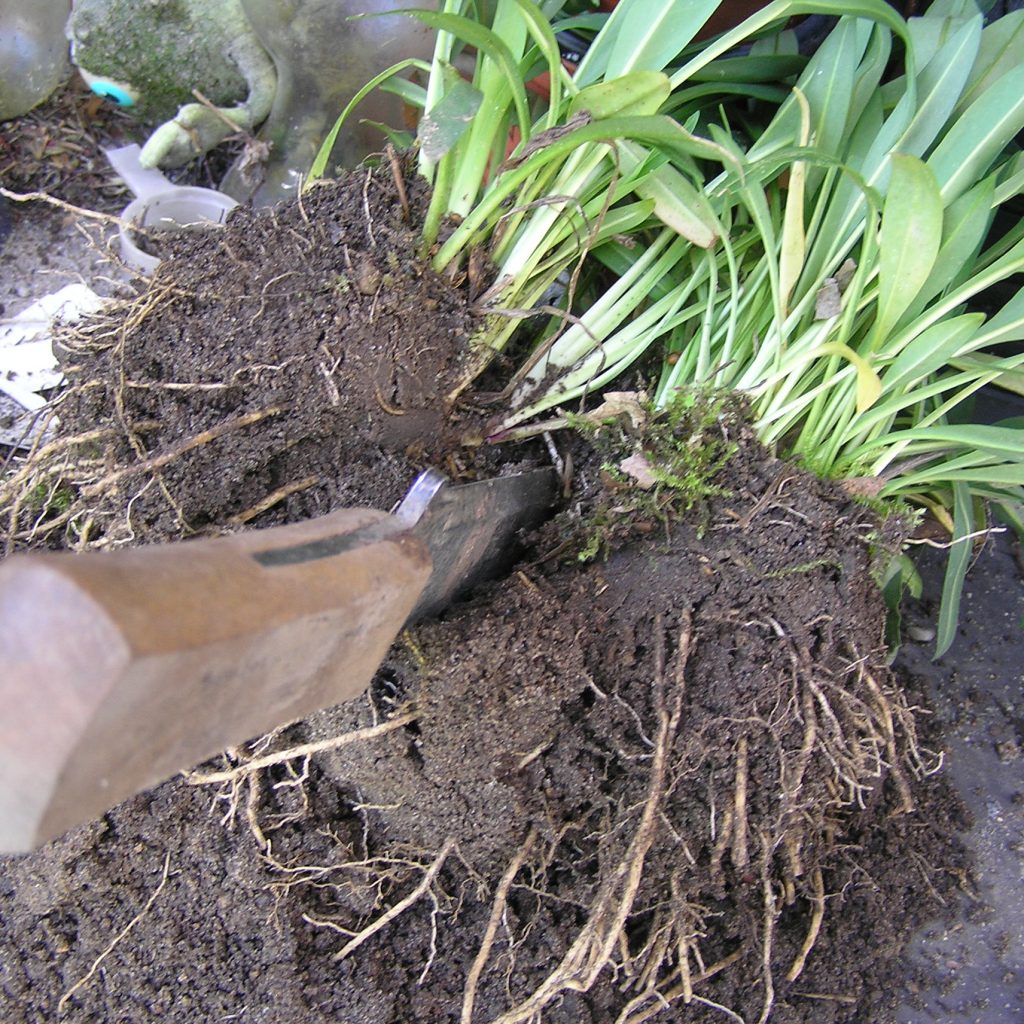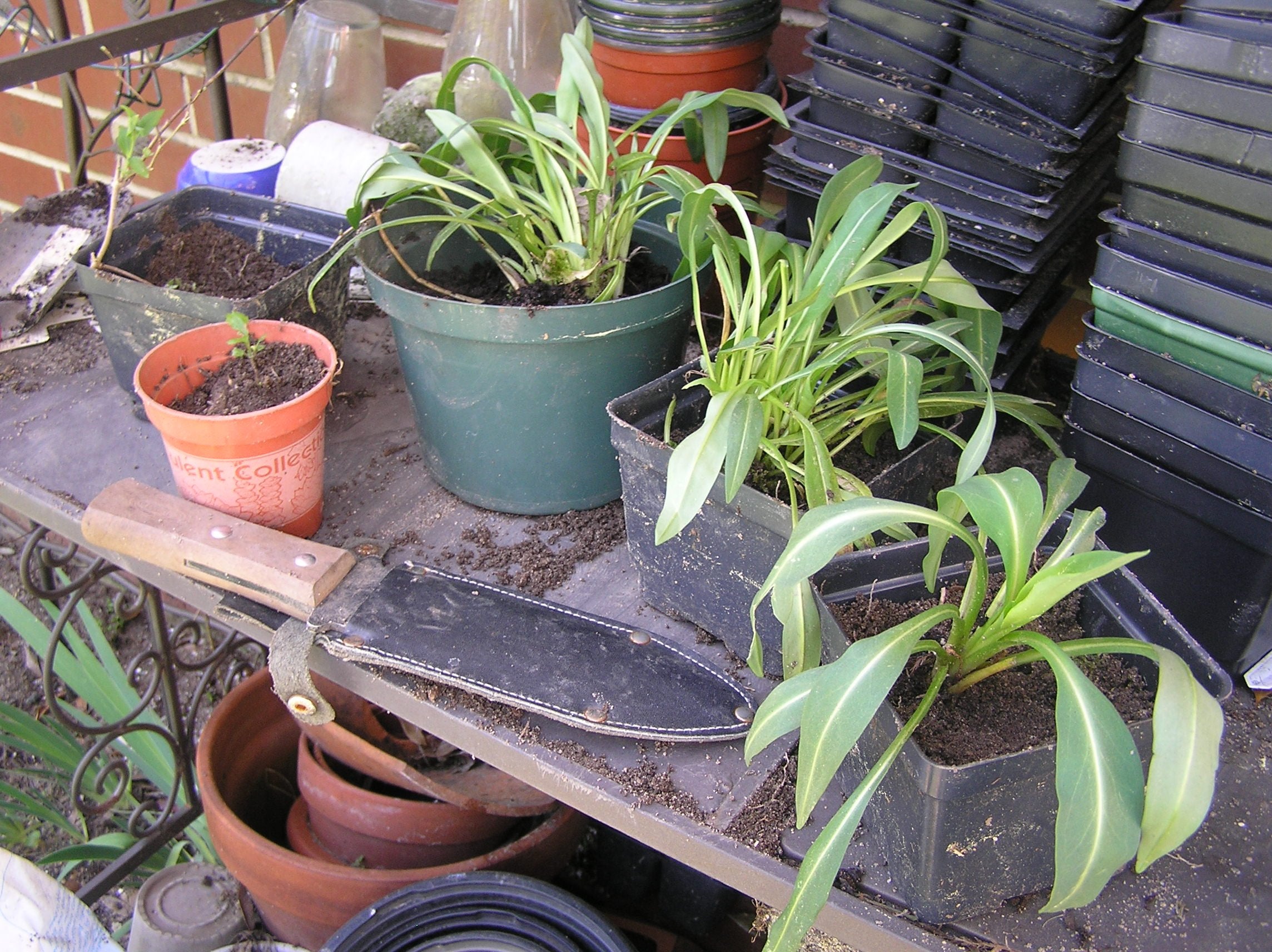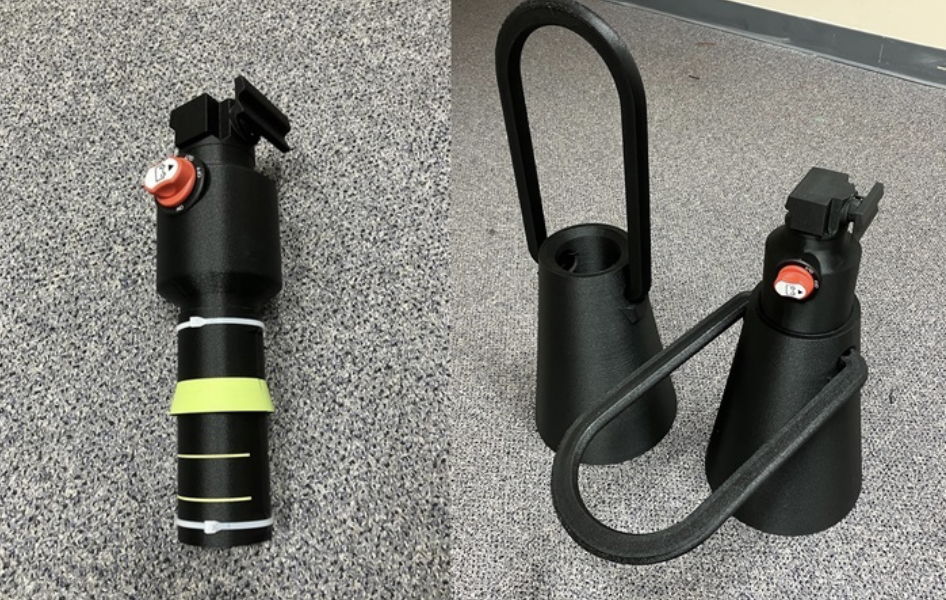Admit it. You’d rather be out in the yard playing with flowers.
This time of year, there are plenty of very good reasons why you should be out there, and topping that list could be dividing perennials.
Most perennials – those plants that return year after year unlike annuals that complete their life cycle in a season – can benefit from being divided. Division not only improves the life of an overcrowded plant, it also means more plants for the garden or for friends.
If you have iris or black-eye Susan flowers, you know it seems sometimes division is an annual chore. They do need to be divided often, maybe every couple of years, or they may stop blooming. There are other perennials, I have some balloon plants for example, that never seem to crowd themselves and prefer that you leave their deep tap roots alone, thank you very much.
But most perennials can benefit from getting a little extra room after a few years. If you haven’t done it before, check out these steps I took recently to deal with an overgrown Stokes aster. These are lovely, carefree plants that have blue pincushion-like flowers in the summer.
Step One: Choose the plant, try to clear space around it to dig up. In this case, there was a stray sprig of deutzia and a piece of black and blue Salvia too close to separate from the Stokes aster, so they got included in the process. Dig deep enough to get a good clean root ball and remove it to spot where you can see what you’re doing.

apart easily. Staff photo by Sandy Hodson
Step Two: Division. Some plants will let you pulled the pieces apart easily while others may require some brut force. Some folks wash the roots to better see what they’re working work, but that’s up to the brave. This Stokes aster did need the help of a knife to split it in two, then I was able to pulled those sections apart to get four separate plant sections.
Step Three: Plant one section back in the same spot where you removed the original perennial or move it elsewhere in the garden. You can plant the rest in your garden, too, or pot them up to plant later when you find a spot or save for friends. In my case, most are going to go to the upcoming Pendleton King Park Plant sale. Details to follow.
Sandy Hodson is a staff reporter covering courts for The Augusta Press. Reach her at sandy@theaugustapress.com.









